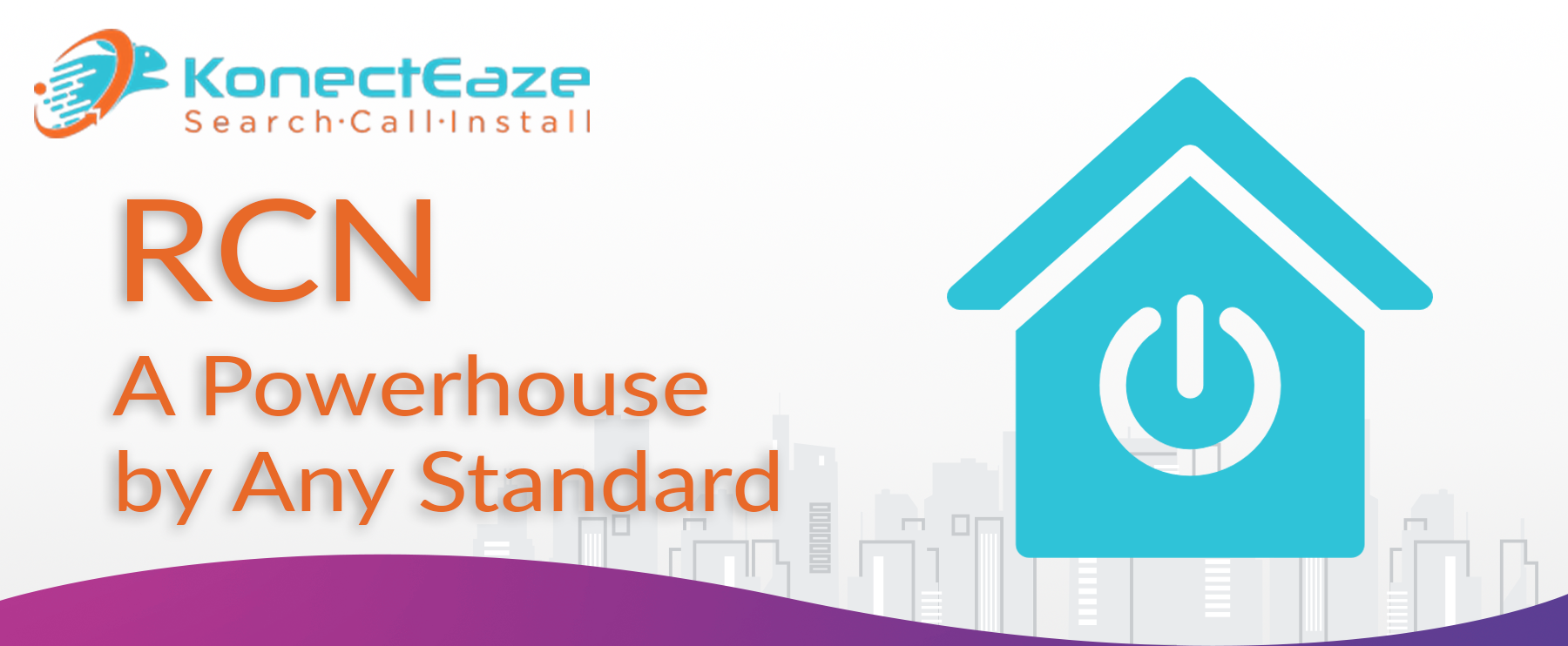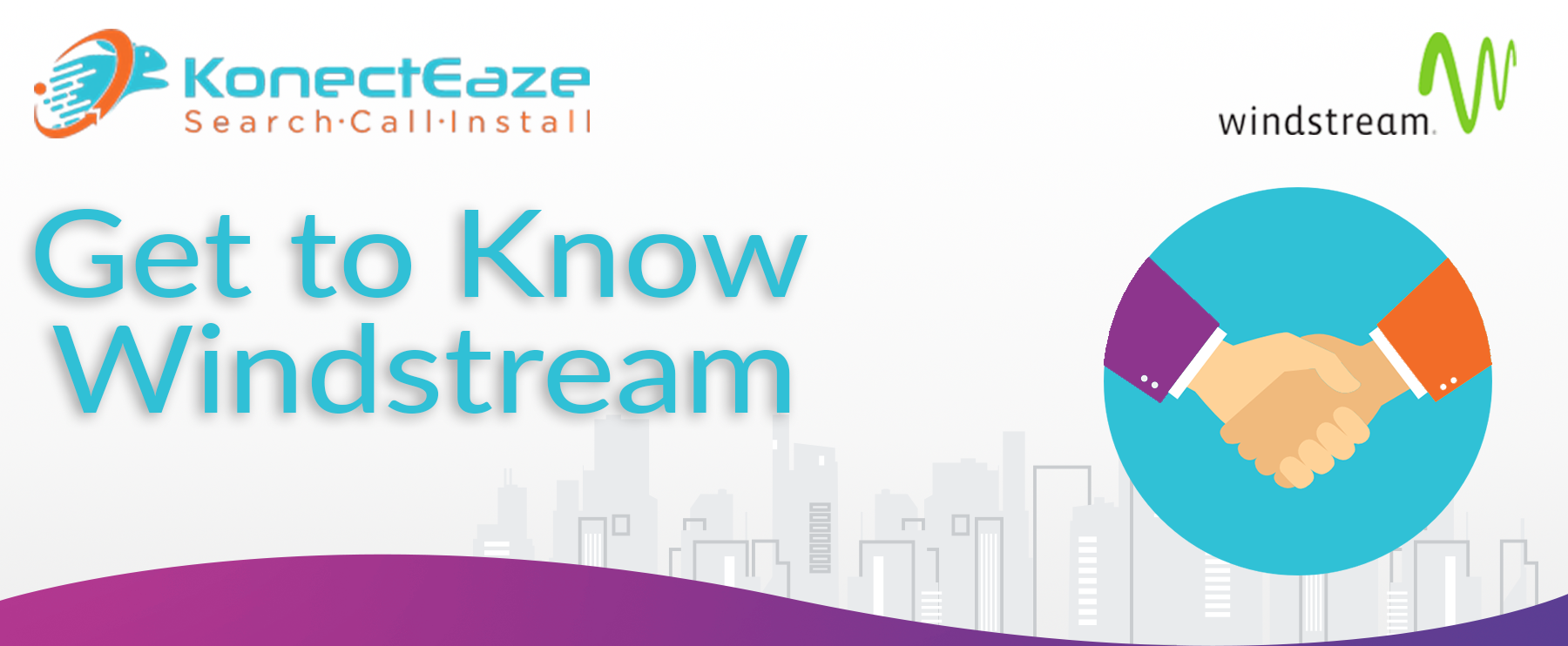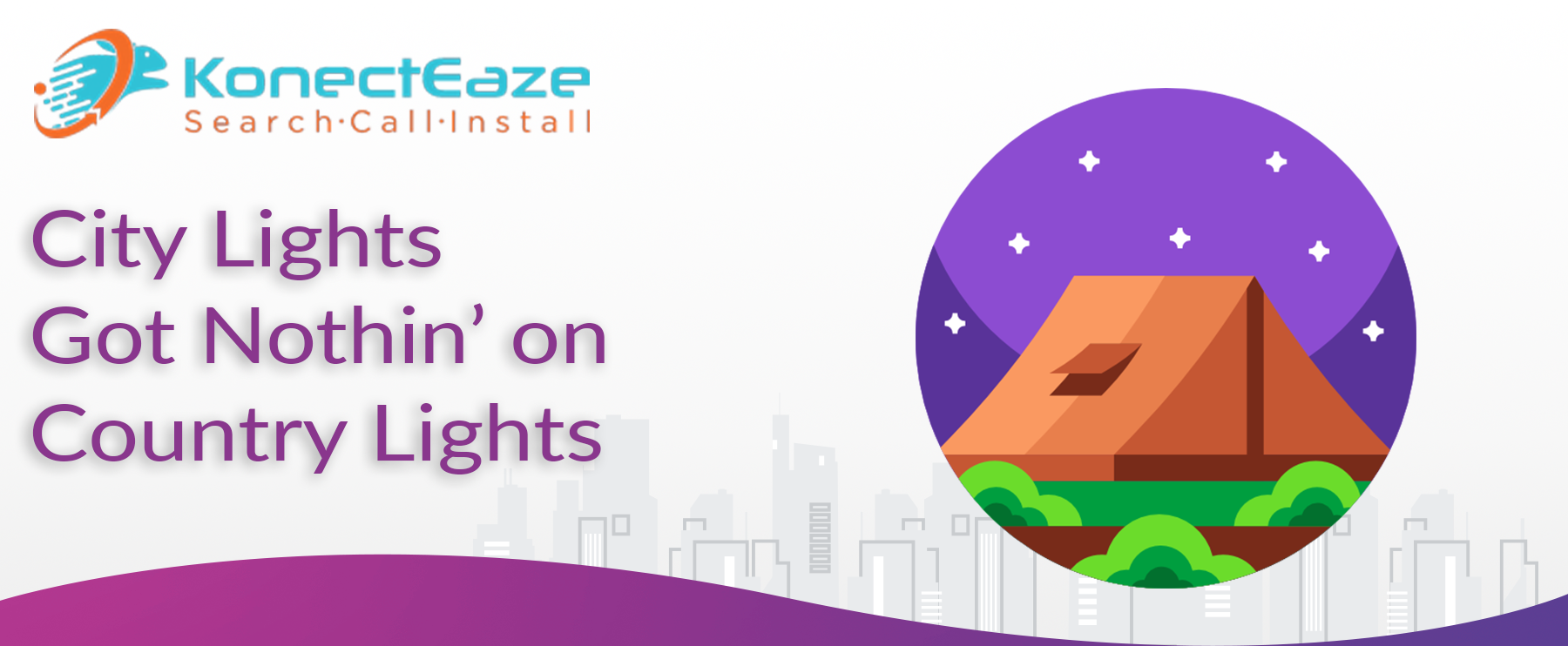RCN: A Powerhouse by Any Standard
Introduction
RCN (Residential Communications Network) is one of the leading Internet Service Providers (ISP) in the nation, renowned for its high customer satisfaction and performance ratings.
By the Numbers
Ranked as the eighth largest ISP in the U.S., RCN services major cities including New York, Boston, Chicago, Philadelphia, and the DC metro area. Despite its smaller footprint, RCN competes effectively against larger ISPs by focusing on densely populated areas.
Customer Satisfaction and Speed
RCN excels in customer service, consistently ranking high in overall satisfaction according to PC Mag. They also perform well in Netflix's ISP speed index, averaging 3.9 Mbps during peak hours, aided by their fiber connections. Their performance in customer satisfaction and service reliability sets them apart from many competitors.
Innovations and Green Initiatives
RCN Boston is a pioneer in using green electricity, thanks to a contract with IGS Energy. Additionally, RCN Lehigh Valley is rolling out 1-gigabit communities, showcasing their commitment to innovation and sustainability. These initiatives not only benefit the environment but also demonstrate RCN's dedication to forward-thinking solutions.
Expansion and Future Plans
RCN continues to expand its fiber network, offering gigabit speeds to more communities. Their investment in next-generation technology, including DOCSIS 3.1, allows them to deliver faster and more reliable internet services. RCN's competitive pricing and flexible plans cater to various customer needs, from casual browsers to heavy streamers and gamers.
RCN and the USS Defiant
Much like the USS Defiant from "Star Trek: Deep Space Nine," RCN is a small but formidable entity in its field. The Defiant's advanced technology and agility in space battles mirror RCN's ability to outmaneuver larger ISPs with superior customer service and technological advancements.
Conclusion
RCN continues to leverage its small size to deliver exceptional service and innovative solutions, making it a significant player in the ISP market. Their commitment to customer satisfaction, green initiatives, and technological advancements positions them well for future growth and success.




